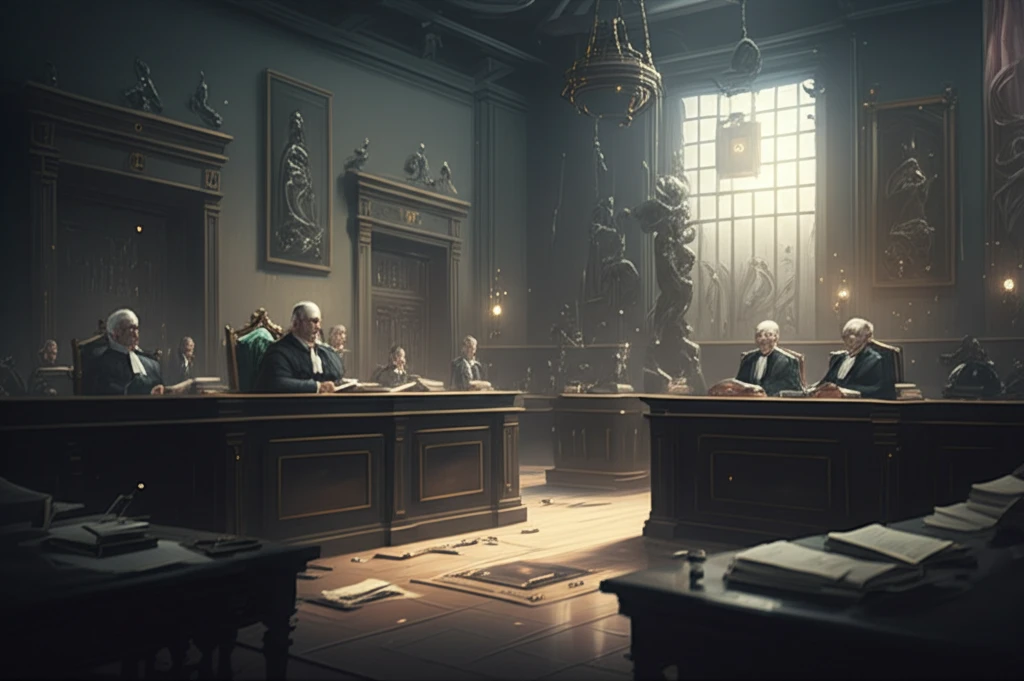
AI's Copyright Conundrum: Will Generative AI Usher in a New Era of Creativity or Legal Chaos?
"Navigating the complex interplay of copyright, artificial intelligence, and the future of content creation."
The rise of generative artificial intelligence (AI) is being compared to the dawn of the printing press or the internet. It promises to democratize creativity, automate tasks, and unlock new forms of expression. Goldman Sachs estimates that generative AI could drive a 7% increase in global GDP, injecting nearly $7 trillion into the world economy. However, this technological leap forward is intertwined with a web of legal and ethical dilemmas, particularly concerning copyright law.
At the heart of the debate lie two fundamental questions: First, should creators be compensated when their work is used to train AI models? This is the “fair use” standard issue. Second, can AI-generated content be copyrighted, and if so, who owns it? This is the “AI-copyrightability” question. These questions have ignited passionate debate among legal scholars, tech companies, artists, and policymakers.
This article delves into the economic implications of these two copyright issues. By exploring the potential impacts on AI development, creator incomes, and consumer welfare, it aims to offer insights for policymakers and business leaders navigating the evolving landscape of AI and copyright.
Fair Use vs. Strict Compensation: Balancing Innovation and Creator Rights

The “fair use” doctrine, a cornerstone of copyright law, allows for the use of copyrighted material under certain circumstances without requiring permission from the copyright holder. This typically includes commentary, criticism, education, and news reporting. However, the application of fair use to AI model training is hotly contested. AI companies argue that using copyrighted material to train their models falls under fair use, as it transforms the data into something new. Creators, on the other hand, argue that their work is being exploited for commercial gain without compensation.
- The Data Abundant Regime: When training data is plentiful, a generous fair use standard (allowing AI companies to use data without compensation) benefits AI development, creator incomes, and consumer surplus.
- The Data Scarce Regime: When training data is limited, a strict fair use standard (requiring AI companies to compensate creators) may be preferable, as it incentivizes content creation and improves AI model quality.
Charting a Course for the Future
Generative AI presents unprecedented opportunities and challenges for the creative industry. Navigating the complex intersection of copyright, AI development, and creator rights will require careful consideration and a willingness to adapt. By embracing a dynamic, context-specific approach, policymakers and business leaders can foster an environment that promotes innovation while ensuring that creators are fairly compensated for their work.
